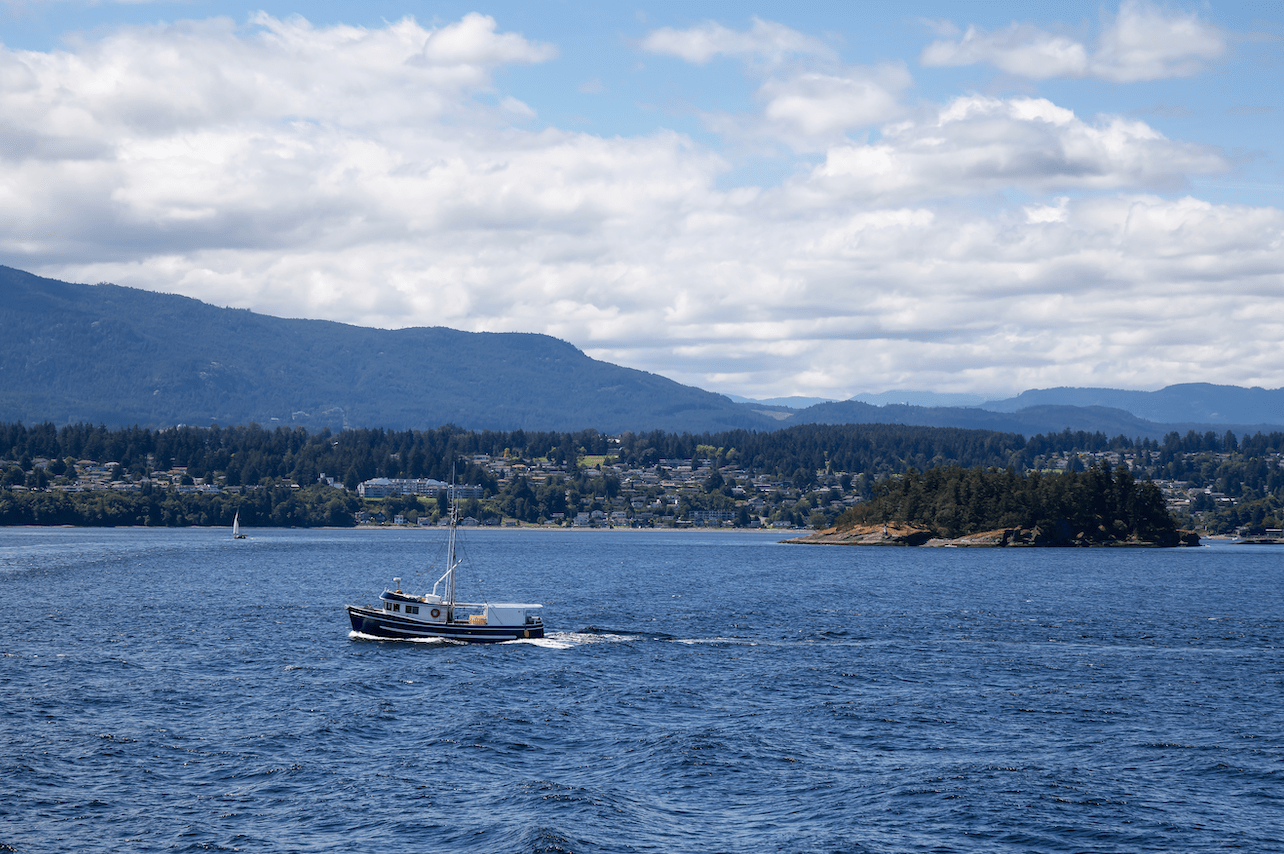
RANDALL TAYLOR
NANAIMO – Rising interest rates have altered the Mid Vancouver Island commercial/industrial real estate market, but it hasn’t doused interest in revenue-producing land and properties in the region.
Randall Taylor of NAI Commercial, a member of the Vancouver Island Real Estate Board’s Commercial Council, says business remains solid despite a slightly slower summer due the Bank of Canada raising interest rates several times over the past few months.
“There’s no doubt that interest rate changes have put the brakes on the market,” he observes. “Properties are being priced to provide investors with higher investment yields, and to satisfy the bankers. When interest rates go up, so does need for the investment returns that buyers are looking for.
“That put the brakes on a bit from June to August. We’re adjusting cap rates on properties to move the market, it’s been slightly slower heading into the fall.”
The massive commercial-industrial-residential Sandstone development continues to work its way through the City of Nanaimo’s development department, and when it eventually gets to the construction phase, Taylor expects pent-up demand to look at opportunities there, considering the lack of new commercial/industrial land on Central Vancouver Island.
Perhaps due to the lack of supply in Nanaimo proper, developers are casting their eyes towards the south, as Taylor says the recently completed Official Community Plan in Chemainus is calling for low-rise, multi-family developments, and there is a lot of interest being expressed.
“It’s the same in Crofton, where there a large number of single-family homes coming,” he adds. “The Cowichan Valley is doing well, especially with the land surrounding the new hospital that will be built. Development is supported in the new Official Community Plan for Chemainus and the Bell-McKinnon corridor.”
Nanaimo Forest Products, recently purchased 200 acres next to the Harmac pulp mill it owns and operates south of Duke Point, and there are strong suggestions that it will become much-needed industrial land, which should become job-creating operations.
“The city is desperately in need of industrial land,” he notes. “There’s a bigger conversation that the community needs to have if new industrial land doesn’t become available, because it’s that land that creates jobs and pays proportionately higher taxes than residential housing. This will shape our community. We need the jobs those properties create.”
Taylor cites the city’s Land Inventory Capacity Analysis report that clearly identifies the city doesn’t have enough industrial land to meet demand up to the year 2040.
“We are going to change the nature of cities if we can’t find good industrial land to build on,” he states.
The Green Rock Industrial Park lands along the Boxwood/Dufferin connector were snapped up quickly and are almost completely built-out, although Taylor says he’s heard there has been some interest expressed in land across from the Inland Island Highway intersection between the intersection of Northfield Road and East Wellington, which doesn’t have highway access. It seems like a natural opportunity to expand commercial/industrial properties on the other side of the highway to meet the increasing need.
Interest in leasing space in downtown Nanaimo remains steady, although Taylor points out that landlords are taking up the challenge to make sure their premises are attractive to lessees.
“I’m here because I have such a strong belief in the future of the Mid Island,” he says. “It’s a fun place to be working, and I have great optimism about the days ahead.”

